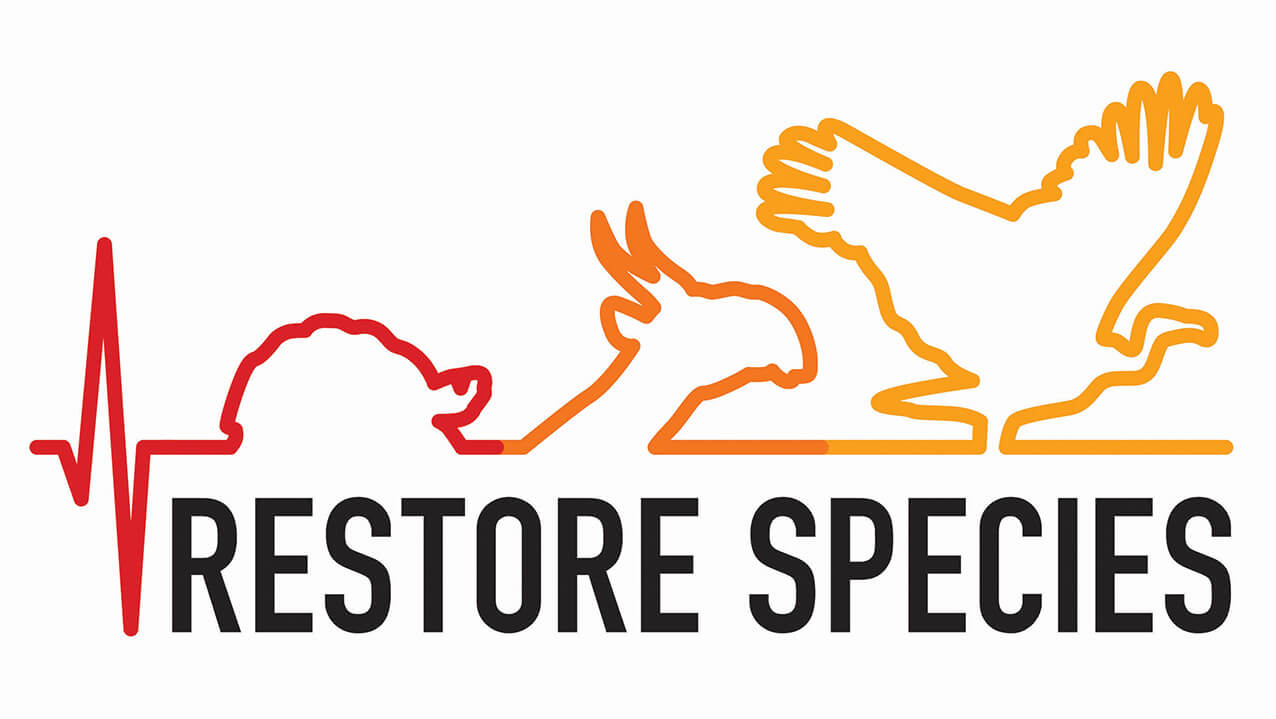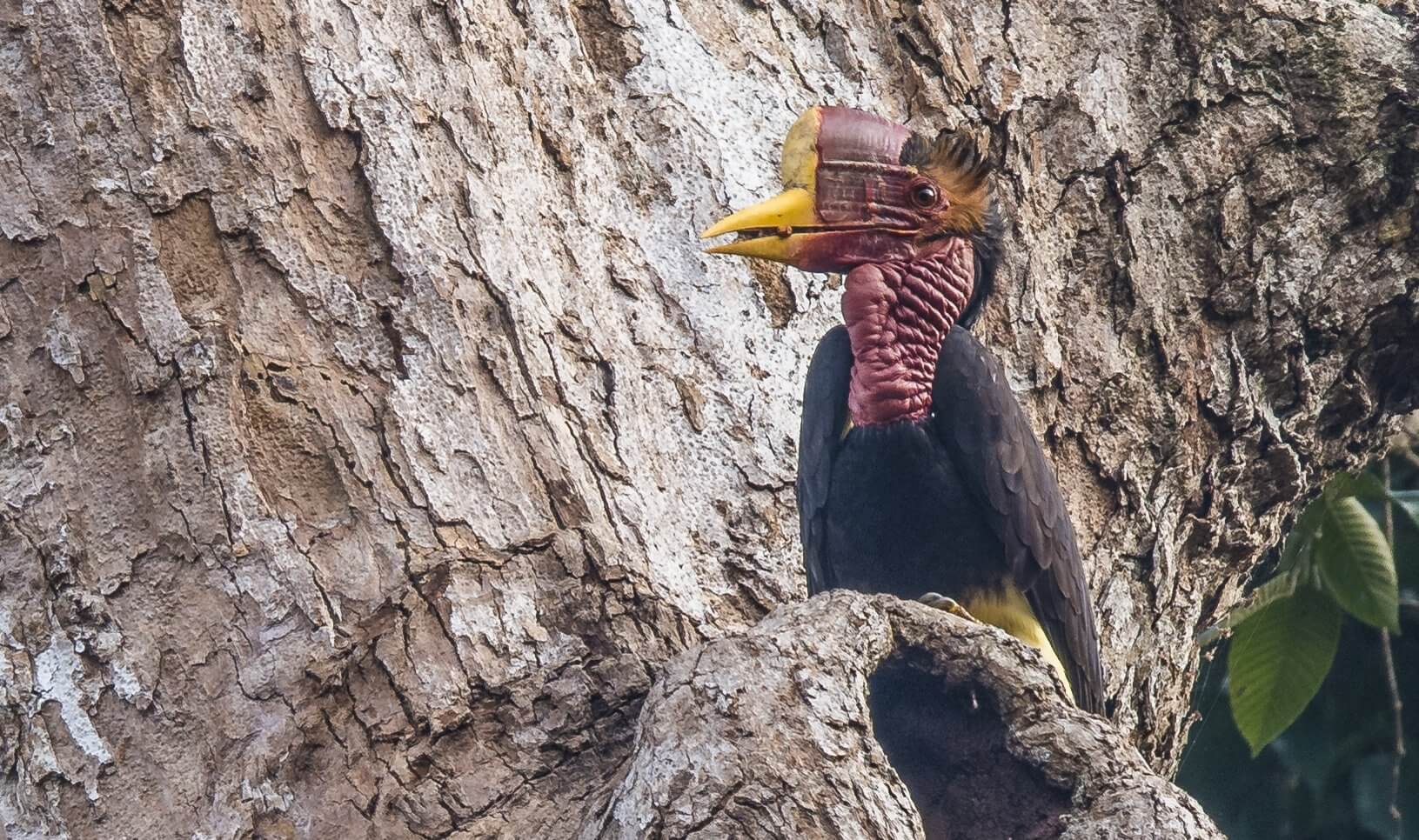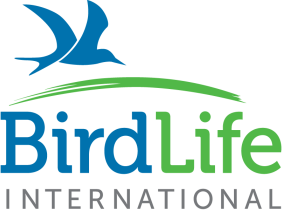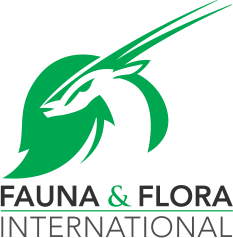A growing number of bird species are being driven to extinction in Southeast Asia, fuelled by an escalation in the wild bird trade. Some species have long been known to be victims of this practice – but more and more species, such as Helmeted Hornbill, are being added to this list.
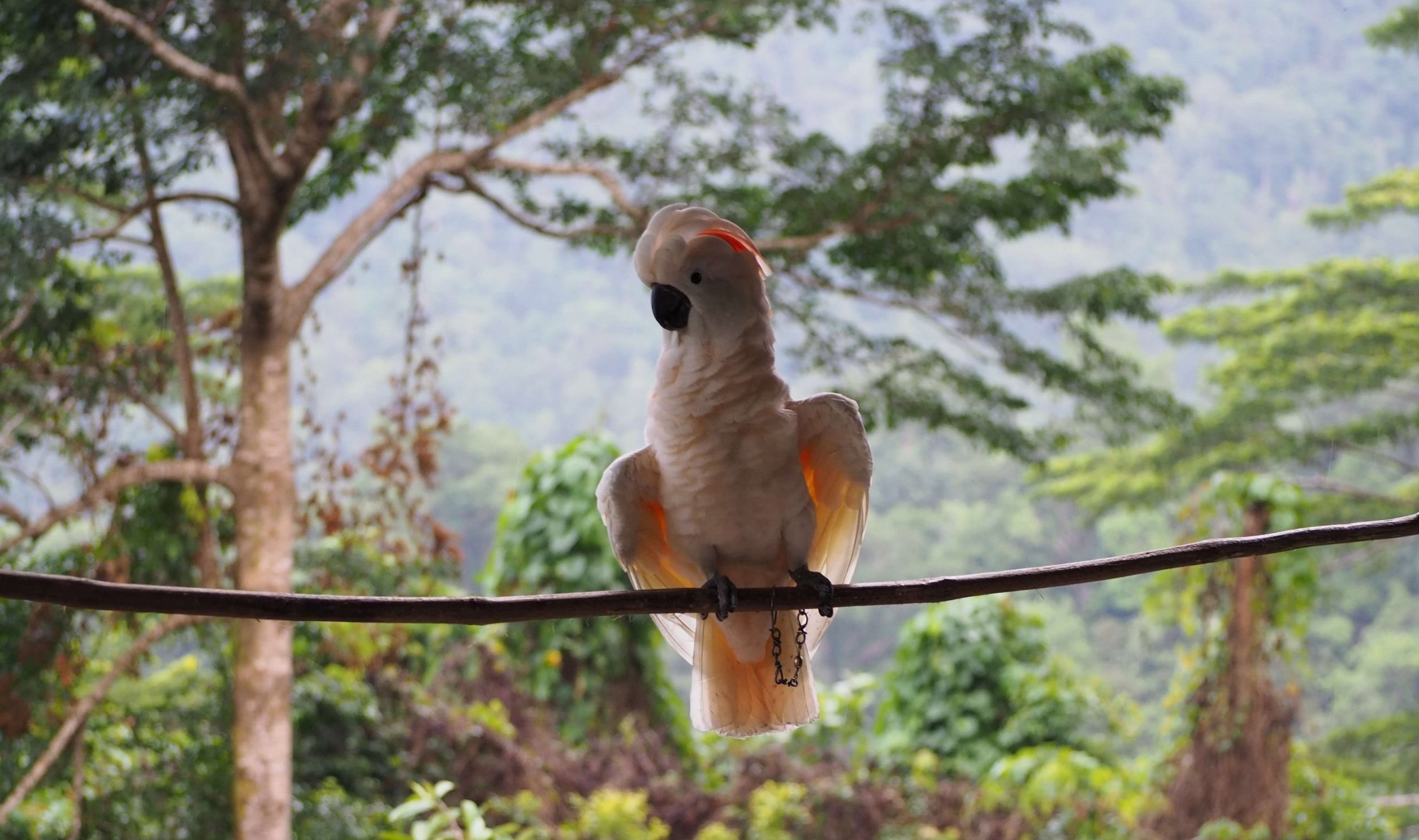
Salmon-crested Cockatoo © Anuj Jain / BirdLife
The problem
Bird-keeping, mainly of songbirds, is deeply entrenched in the region, especially in Indonesia. Songbirds have long been a favourite family pet, and as well as being part of the culture, they also offer financial gains: songbird competitions are big business. As forests become fragmented and roads reach further into the wilderness, it is getting easier for traders to access birds and supply markets in Indonesia and beyond. Even birds with (formerly) wide ranges, such as the Straw-headed Bulbul, can be threatened with global extinction, while those with naturally smaller ranges are pushed to the very brink.
Parrots are also impacted by the bird trade: populations of several species restricted to Indonesia and the Philippines are crashing as a result of local bird-keeping, and domestic and international trade, including the White Cockatoo and Chattering Lory.
The Helmeted Hornbill, from lowland forests, has come under unprecedented pressure from an exploding demand for its casque which, uniquely among hornbills, is solid and suitable for elaborate carving. The species is now Critically Endangered.
With illegal and unsustainable trade now a critical and overlooked threat to a large number of Asian species, action is urgent. Our background places us ideally to use our combined expertise, working from the site to the global level to reduce illegal trapping and trade. This is a very complex social and cultural issue that must be approached from multiple angles.
Our response
The Restore Species Vision: Healthy, flourishing populations of Southeast Asian bird species, free from threats posed by trapping for trade.
Our Aim: To safeguard and restore wild populations of Southeast Asian parrots, songbirds and Helmeted Hornbills threatened by trapping for trade.
Actions & outcomes:
Restore Species Partners have been working with organisations in key countries for years, identifying important forest landscapes for traded species. We have been engaging local communities impacted by trade, in order to raise awareness and to strengthen collaboration on the ground. We are gaining more and more insight into the workings of supply chains and are now mapping trade routes.
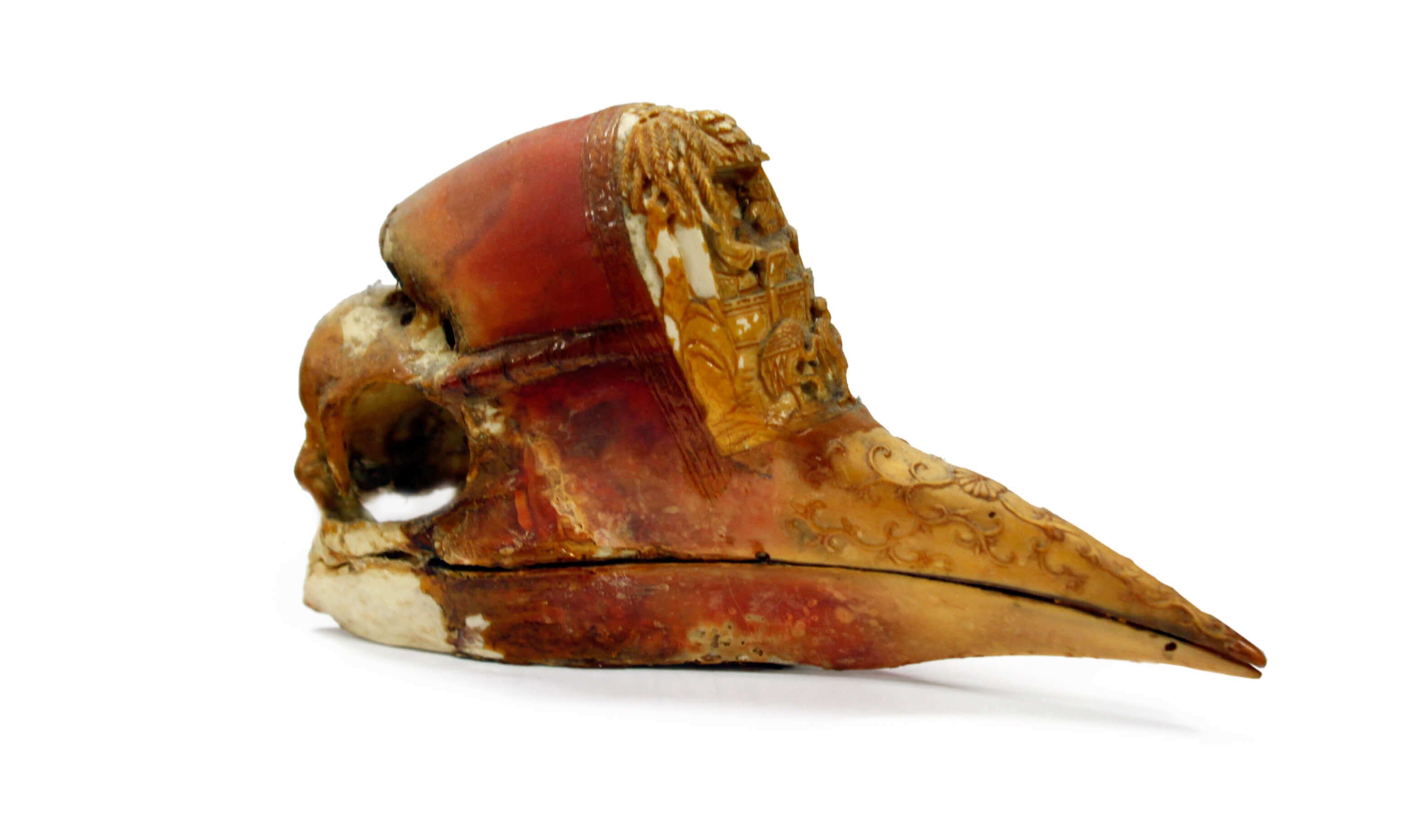
Helmeted Hornbill (Critically Endangered) skull © Ding Li Yong / BirdLife
Creating safe forest sites
We will work in the wild ranges of traded species, ensuring populations are safeguarded from trapping at key sites in Indonesia, Malaysia, Philippines, Thailand and Myanmar.
Understanding trappers’ roles and needs
Ending trapping is not as simple as enforcing laws. Cage-birds are such an intrinsic part of Southeast Asian culture that banning them outright would be as unrealistic as banning dog ownership in the West. We will carry out socio-economic assessments of local communities impacted by or involved in poaching and trade, to find sustainable alternative livelihood options.
Reducing demand
Our education and awareness-raising will target not only local community members at trapping sites, but also the Government and private sector; this will help to promote better regulation, backed up by law enforcement. Among consumers, we will use evidence-based behaviour change approaches to achieve a reduction in demand. Online trade is burgeoning, and our advocacy and awareness programmes will recognise this. We will collaborate with companies to identify trade links, and use forensic techniques to confirm the origin of the birds being traded.
Creating safe markets
At high-demand locations, we will cut off sales channels so that focal species are no longer illegally traded. Enforcement action and appropriate legislation will be supported through this project.
Monitoring and rapid response
We will routinely monitor the level of trapping at source sites, and the amount of trade in both physical and online markets. This will allow us to measure whether our work is making a difference and, where problems persist, alter our actions to respond to an ever-changing threat.
Helmeted Hornbill by its nesting cavity © Bjorn Oleson
